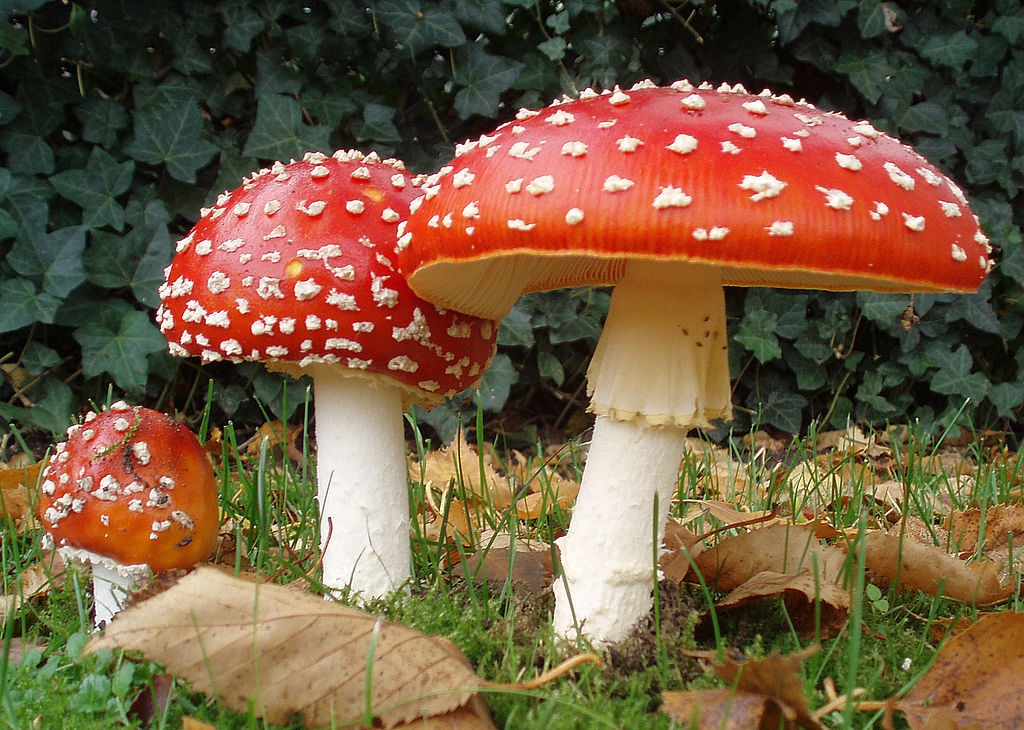Fly Agaric: Red Data Book of Armenia

Category. VU– Vulnerable.
Brief description. Cap with 5–25 cm across is conspicuous for its scarlet to dark red colouring. It is thick fleshy, at first hemispherical, then flat, with smooth margins, with remnants of volva, the colour faded. Flesh is white with pleasant odour and sweet taste. Gills are free, thick, broad, white, yellowish when dry. Stipe is 7–20 x 1–3,5 cm long, white or whitish, with whitish or yellowish membranous ring. At the base it is bulbous convex with sack–like volva remnants. Spore print is white. Spores are 9–12 x 6–8 µm colourless, broadly ovate, smooth.
Distribution. Generally in America, Europe, Africa, Australia, Southern Caucasus (Azerbaijan, Georgia, Armenia). It is wide spread in a number of countries, but in Armenia it is rarely – mainly in unique individuals. In Armenia it is discovered in Ijevan floristic region – in Dilijan town, in the surroundings of lake Parz (Parz lich); Aparan floristic region – in the towns Tsaxkadzor, Hanqavan; in Lori floristic region.
Ecological, biological and phytocenological peculiarities. It is found on the soil, in middle mountain belt, in birch or mixed forests on the altitude of 1500–1700 m above sea level, from August to October. Mycorrhizal fungi, with birch and pine trees. It is poisonous mushroom – causes hallucinations. It is used in medicine.
Main factors of endangering. Intensive forest use, loss of habitats, necessary for the distribution of the mushrooms caused by forestry activity in the distribution areas in Armenia.
Nature conservation measures. In Armenia it is conserved in corresponding ecosystems of "Dilijan" National Park. It is necessary to carry out monitoring of the state of the discovered populations and discovery of new habitats.
Suggestions
 The Ministry of Environment sent a letter international partners to draw their attention to the real danger of environmental disasters as a result of Azerbaijan's large-scale aggression towards the territory of Armenia
The Ministry of Environment sent a letter international partners to draw their attention to the real danger of environmental disasters as a result of Azerbaijan's large-scale aggression towards the territory of Armenia
 Vicia pisiformis: Red Data Book of Armenia
Vicia pisiformis: Red Data Book of Armenia
 Vavilovia formosa: Red Data Book of Armenia
Vavilovia formosa: Red Data Book of Armenia
 Trigonella capitata: Red Data Book of Armenia
Trigonella capitata: Red Data Book of Armenia
 Trigonella astroides: Red Data Book of Armenia
Trigonella astroides: Red Data Book of Armenia












